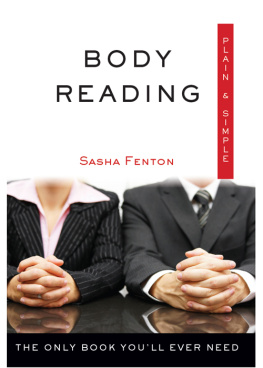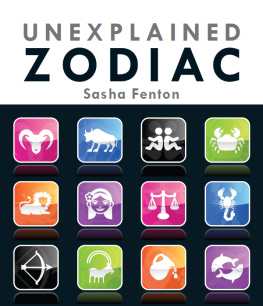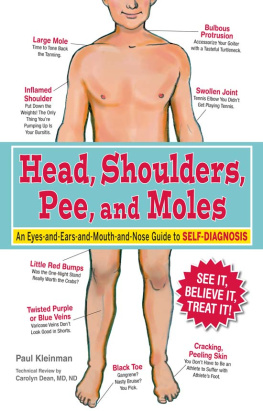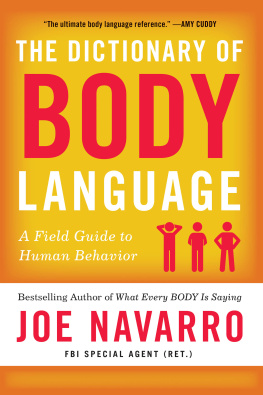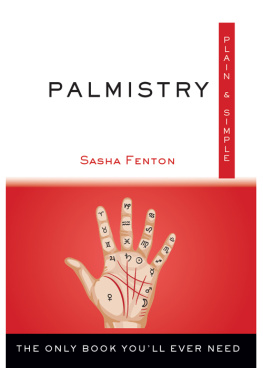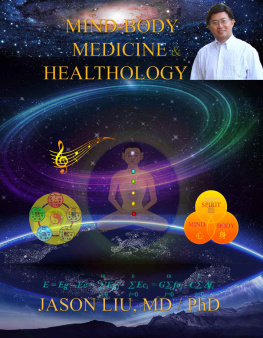
Copyright 2009, 2016
by Sasha Fenton
All rights reserved. No part of this publication may be reproduced or transmitted in any form or by any means, electronic or mechanical, including photocopying, recording, or by any information storage and retrieval system, without permission in writing from Hampton Roads Publishing, Inc. Reviewers may quote brief passages. Previously published in 2009 as Body Reading by Zambezi Publishing Limited, Devon, UK.
Illustrations 2009, 2016 Sasha Fenton
Cover design by Jim Warner
Interior design by Kathryn Sky-Peck
Hampton Roads Publishing Company, Inc.
Charlottesville, VA 22906
Distributed by Red Wheel/Weiser, LLC
www.redwheelweiser.com
Sign up for our newsletter and special offers by going to
www.redwheelweiser.com/newsletter/
ISBN: 978-1-57174-752-5
Library of Congress Cataloging-in-Publication Data available upon request
Printed in The United States of America
MG
10 9 8 7 6 5 4 3 2 1
www.redwheelweiser.com
www.redwheelweiser.com/newsletter
Contents
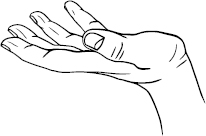

INTRODUCTION
The Body Speaks
I n the 1980s, I wrote several books for the late, much lamented Aquarian Press. One day while at their offices, the then editor, David Brawn, suggested that I write a book on what you can read from a person's body. He went on to say that he didn't want a book on body language, but on what you can tell about a person from various parts of the body, in the same way that a palmist can deduce the character and destiny of a person from their hands.
After a bit of thought, I decided that it could be done, although the research would take time. As it happened, it took several months and it involved quite a bit of traveling. I spoke to many people about a variety of divinations and health methods, and I even took my dentist out for a drink! Some people were very helpful. I particularly remember Hazel, a really wonderful reflexologist, who gave me a reflexology treatment while describing her work. As it happened, some weeks before going to see Hazel, I had cracked a bone in my wrist, and Hazel picked up the weakness, despite the fact that there was no bandage or cast on my arm to show that anything was wrong. I was most impressed!
Nowadays, people take their information from the Internet. There's a lot of data to be found, but it isn't always exactly what you need when researching complex, non-mainstream issues, so there is still no substitute for talking to real, live people on the phone or in personpeople who actually study various parts of the body. But at that time, in the 1980s, it also meant digging out my collection of Victorian fortune-telling books and scouring second hand shops for more of them. It turned out to be great fun and well worth the effort.
The other thing that required an effort on my part was the illustrations, as all I had to fall back on was my own talent and ability (or lack of it) so the illustrations and cartoons are also all my own work. I've now resurrected the original book, stripped out the waffle and updated it, as new discoveries happen every day.
You may disagree with the Victorians' observations, or mine; that's perfectly acceptable. Ultimately, what counts is reality, nothing is written in stone and there are always exceptions to every rule. What this book does convey are conclusions drawn from many actual case studies, and you should form your own opinion, in conjunction with this book and any sources of a similar nature.
As you delve more into the art of body reading, your own research and observations will become part of your analytical repertoire.
I hope you enjoy dipping into this book as much as I enjoyed writing it.

Hair
T here are people who specialize in radiasthesia, whereby the practitioner holds a pendulum over a lock of hair in order to ascertain his client's state of health. He then usually goes on to suggest specific types of food and drugs to correct problems.
Radiasthesia is well known and well documented, but character divination by hair is not. In fact, apart from my own observation of people, added to a few old wives' tales, I wasn't aware that anything of the kind existed. Well, I was wrong. The Victorians, those indefatigable observers of human appearance and behavior, had already come to their own conclusions; but more of that in the following pages.
Our hair reflects our state of health and our state of mind. It normally grows roughly at the rate of half an inch per month, but this growth slows down when a person is overtired or ill. Some of us molt in the spring, and everybody finds that there are times when we seem to lose some of our hair and other times when it grows abundantly. It's common knowledge that women experience some hair loss after having a baby, or when they stop taking any type of hormone therapy, including contraceptive pills. Obviously, there are some specific medical conditions, such as alopecia, that affect the hair, but generally speaking, if a subject is fit and happy, his or her hair will shine.
It's widely perceived that red-haired people are hot tempered and that bald men are sexy, but I've noticed over the years that there are other characteristics. For example, a faded blonde with weak and flimsy hair may be unable to take control of her life. She may be dominated by her husband and taken for granted by her children. Very strong straight hair, the kind that has a will of its own, belongs to an independent, strong-minded person who isn't likely to compromise on anything. This type of person is proud and self-centred, although not altogether selfish or thoughtless. Such people may delay taking on commitments until they are sure that they can cope with them. Another utterly uncompromising type is the person who has tight African-type curls. This person is unusual to the point of eccentricity. I have three acquaintances who have this kind of hair. One loves horses, another is an actor, and the third writes historical novels. Those who have baby-fine, flimsy hair have great ideas, but they lack the energy or confidence to bring their ideas to life. Also, those with fine hair tend to be sensitive. Those with coarser hair are less sensitive and less interested in the feelings of others.
The rest of us muddle along, sticking with the same hairstyle for years, unless we become ill, busy, or despondent, when we may suddenly cut the lot off.
And then of course is the whole issue of coloring hair, and permanently changing the texture through perms and straighteners. This has become more and more common in our modern times. When interpreting a person's hair, start with their natural haircolor and typeand then add the additional interpretation of what the person willfully changed his or her hair to.
Some Ideas from the Victorians
Color and texture
A woman with medium strong straight hair enjoys socializing, but she is reliable in relationships. Her health is neither especially vigorous nor especially weak. She is moderate, thoughtful and not likely to go overboard in matters of love.
Next page
